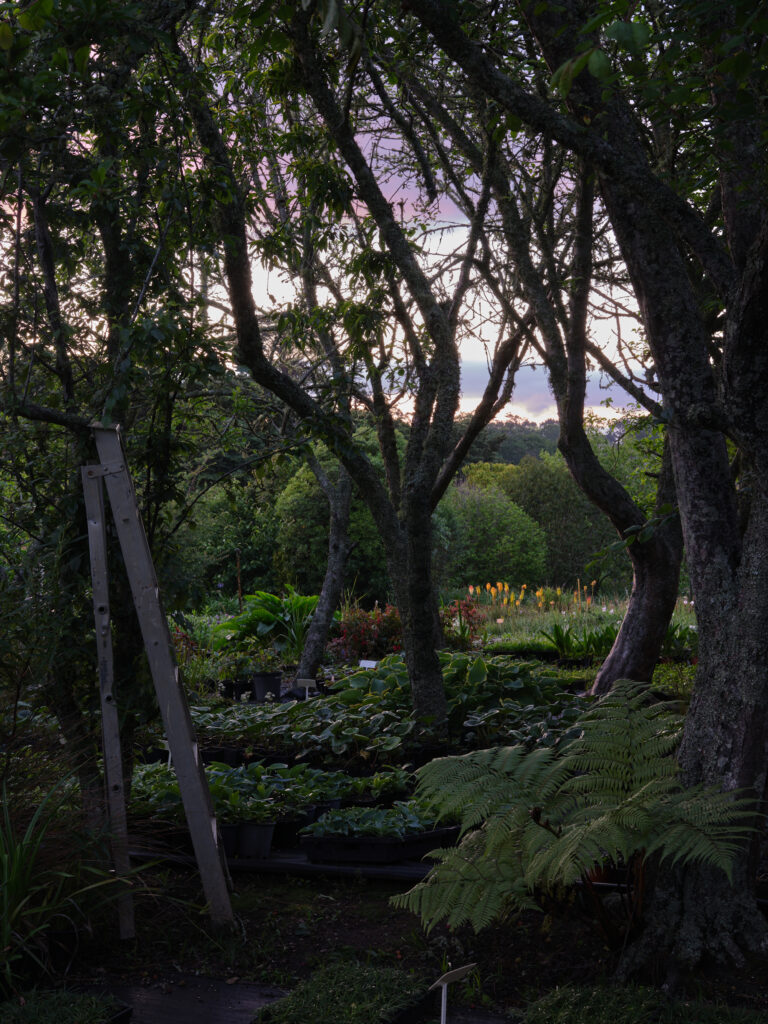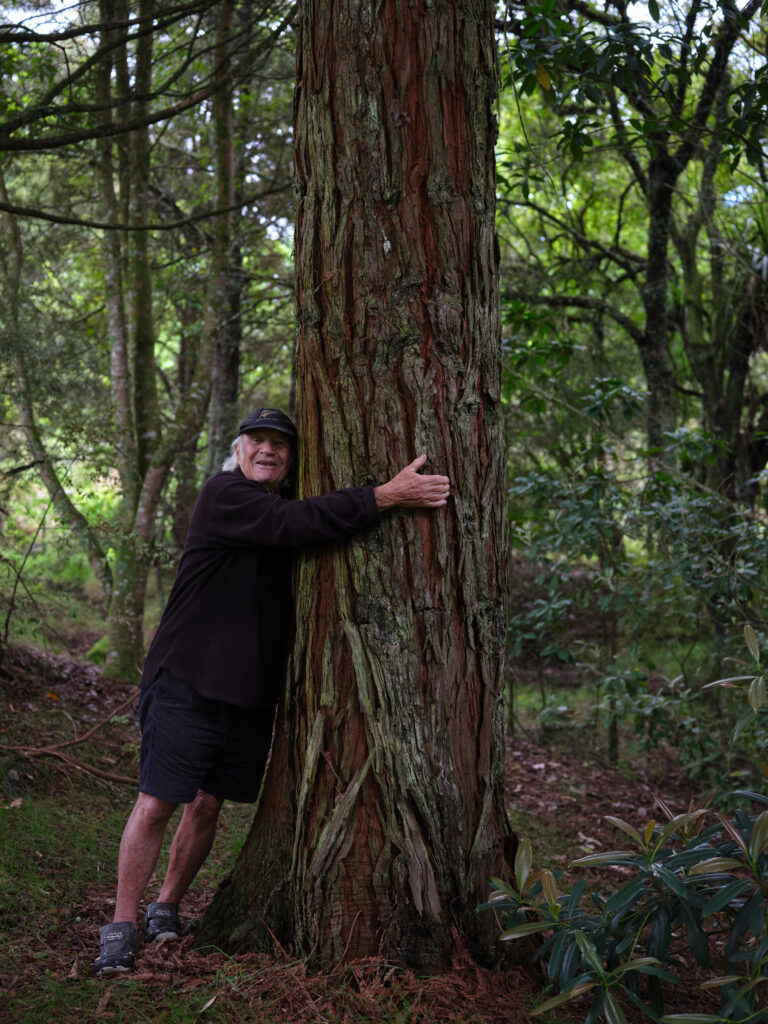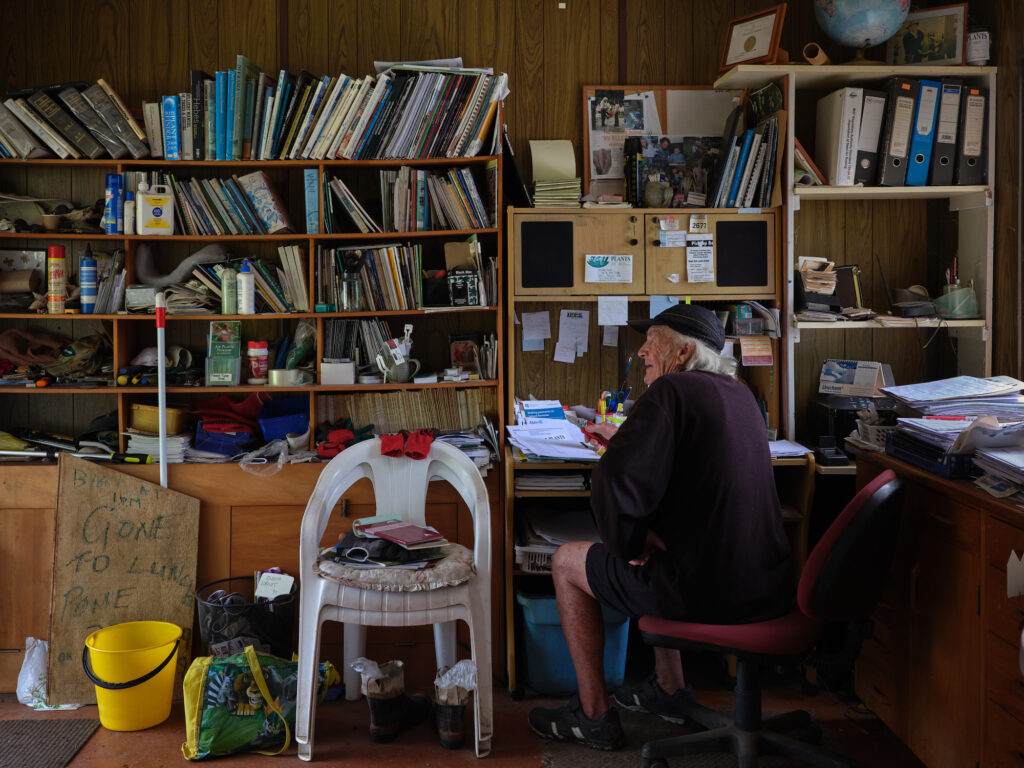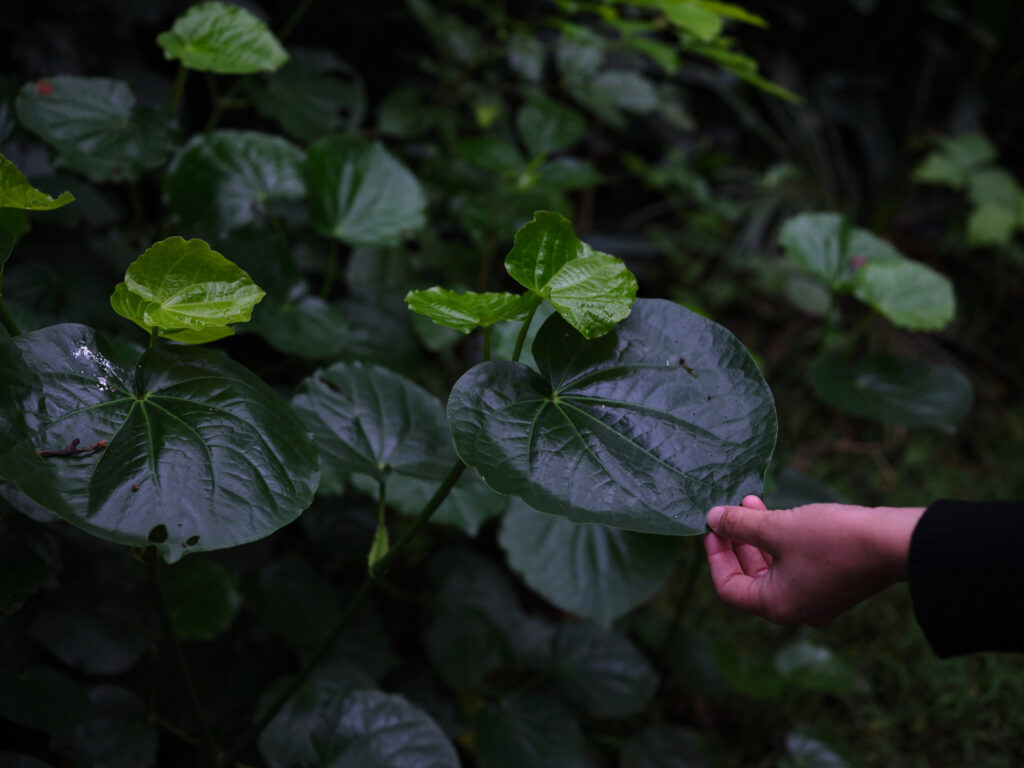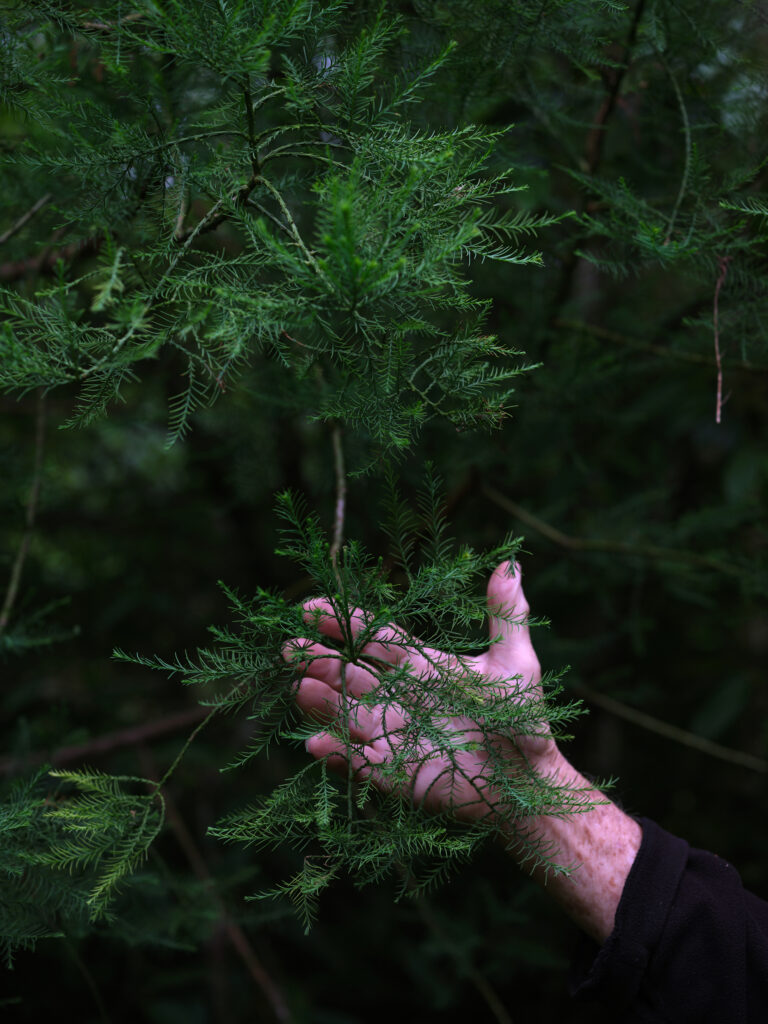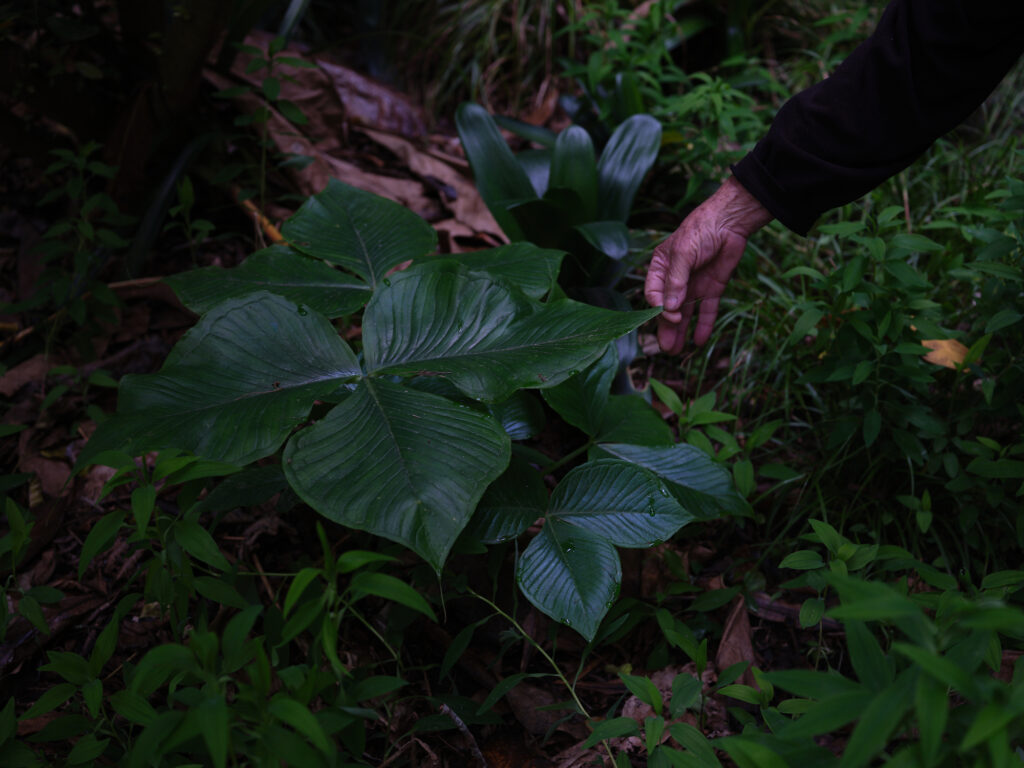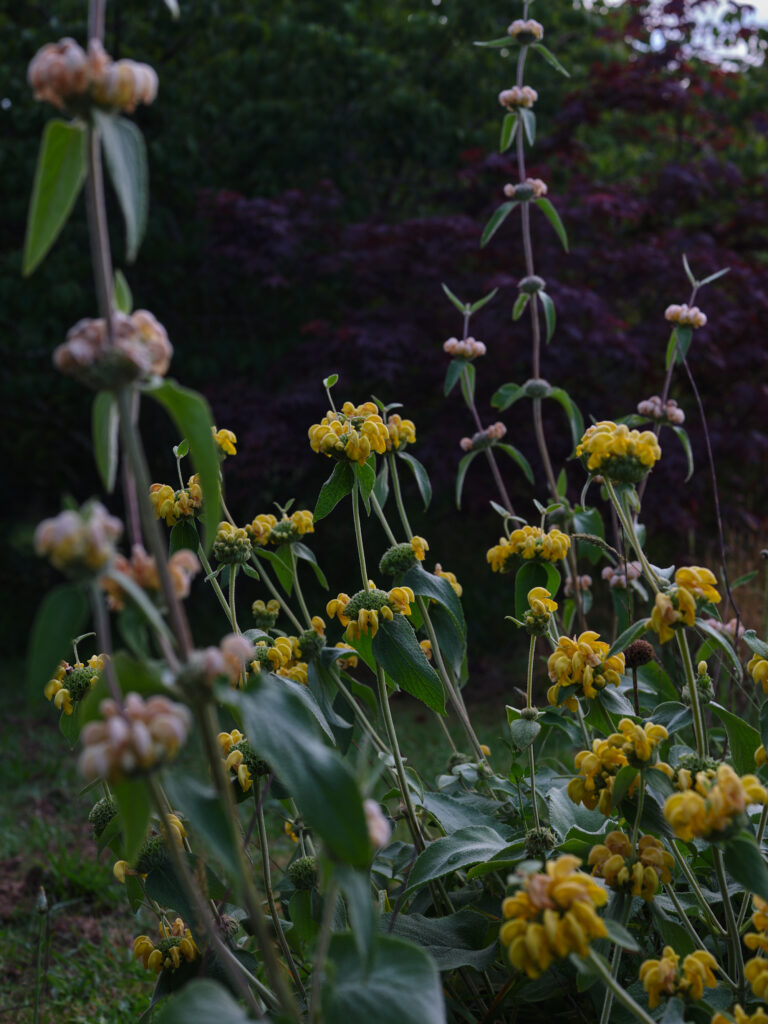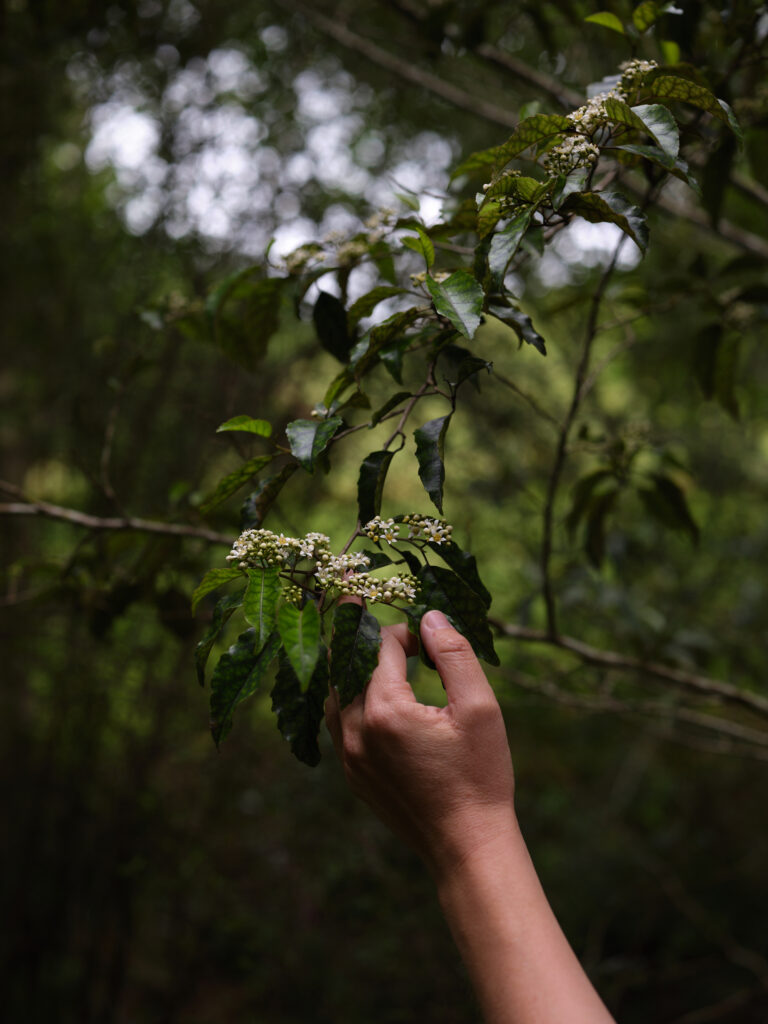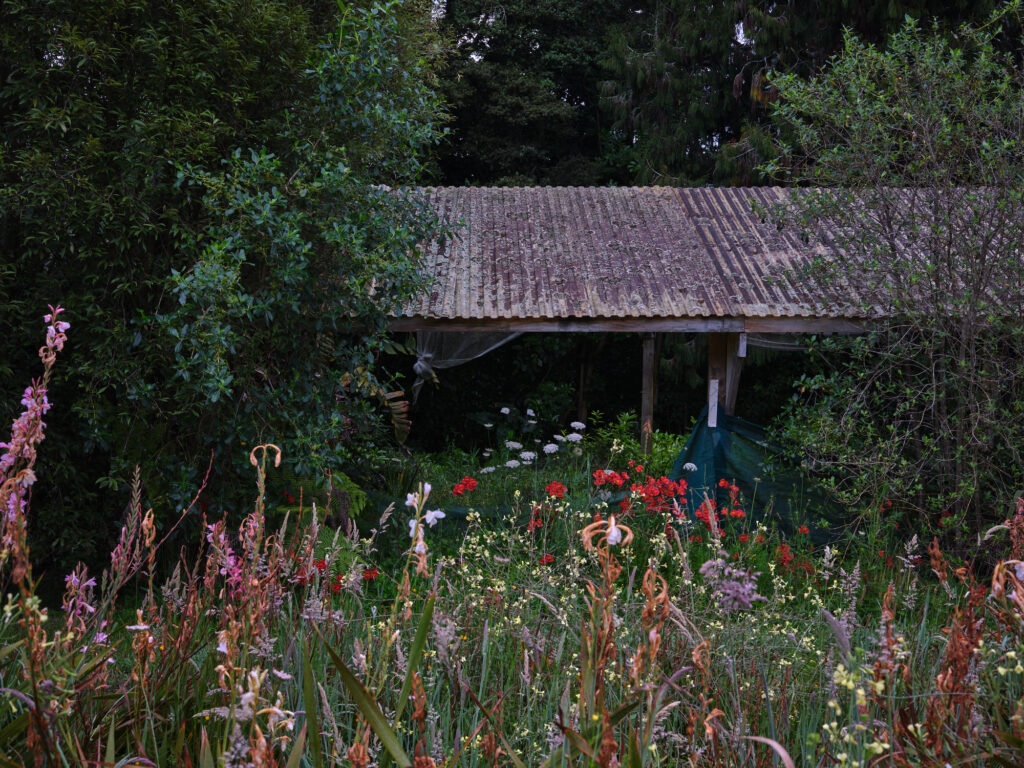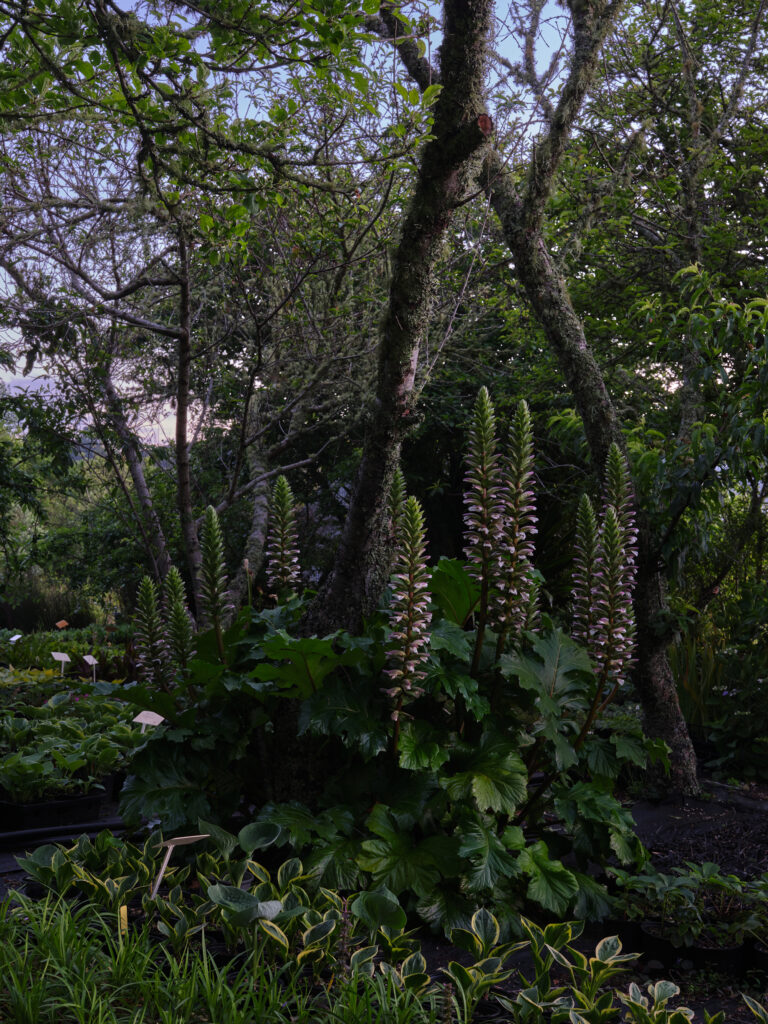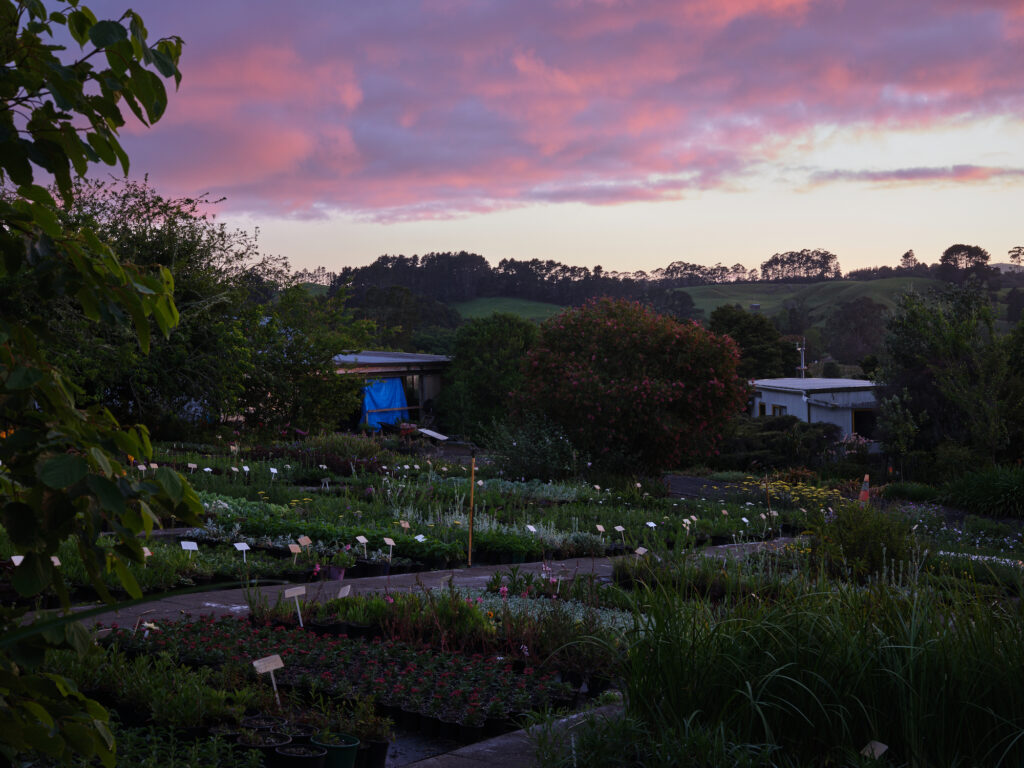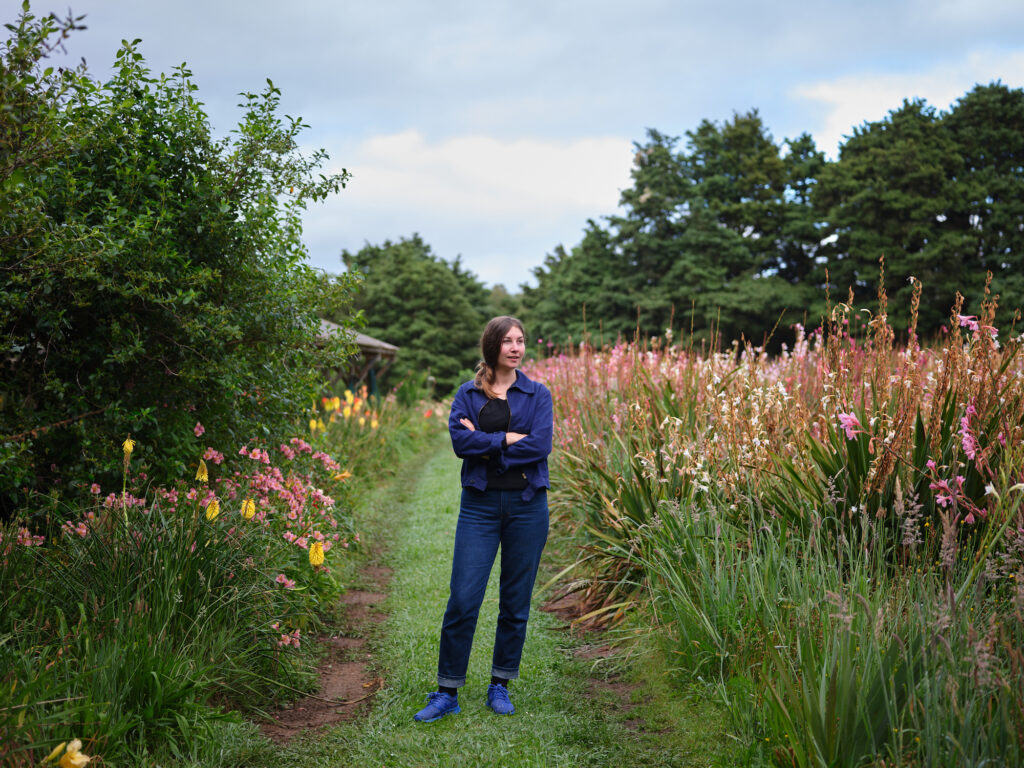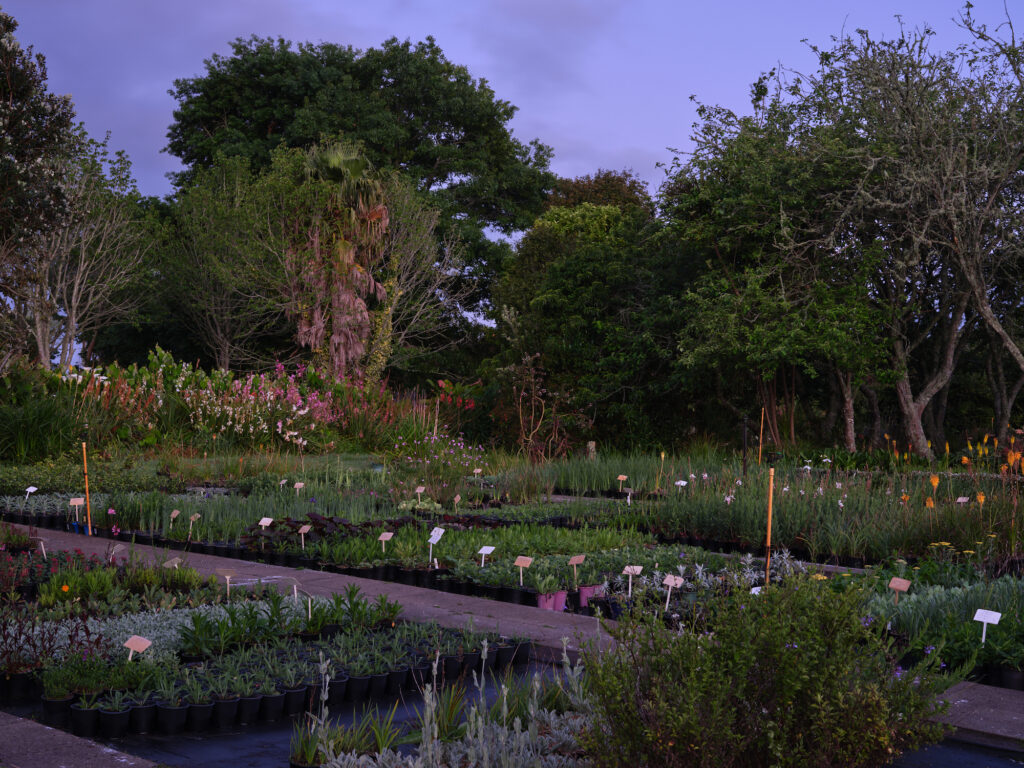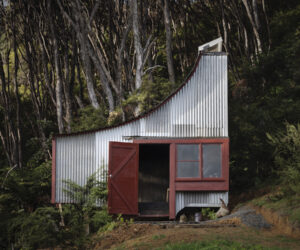Journey Maker–New Zealand’s Joy Plants Nursery
Terry Hatch of New Zealand’s Joy Plants grows native and special species nourished by a lifetime’s work of conservation.
Nestled amid market gardens on the red earth of Pukekohe near Auckland’s southern boundary, Joy Plants is a haven for rare New Zealand native species and special plants from around the world.
Plants featured from an early age in the life of Terry Hatch, who went on to become one of New Zealand’s most knowledgeable and accomplished plantsmen. He got his start in horticulture growing up in London’s East End working after school at a nursery, aged 11.
Terry knew he wanted to become a plant hunter and set his sights on studying at Wisley who subsequently rejected him, mainly due to a lack of funds and because they thought he would never do it.
After he and wife Pam immigrated from the UK to New Zealand, 54 years ago they set up a nursery that would become Joy Plants in their backyard on south Auckland’s rich volcanic soil. In his adopted country, Terry’s life’s work restoring native plant life won him many accolades including Officer of the New Zealand Order of Merit for services to horticulture in 2017. Terry travelled all over New Zealand and around the world on plant-collecting expeditions, bringing back rare and exotic species to grow.
“At the time we were starting in the late-1960s, you couldn’t getNew Zealand native seed anywhere to grow for a nursery so I went out around the county collecting. The nursery just grew and grew; we’re still collecting now,” says Terry.On a trip to Namibia, Terry and another plantsman “drove off into the desert with half a bottle of water and [we] found this huge old plant, Welwitschia mirabilis, that was well over a thousand years old. It’s a strange plant with only two leaves. I think it’s actually related to kauri trees; when you look at its seeds, they almost look like little kauri seeds.”
The nursery seems more like a wild botanic garden than a traditional nursery set-up. Split into roughly two main areas of perennials and New Zealand natives, plants are growing in similar conditions to where you’d find them in the wild. Large gardens around the nursery contain stock plants that divisions and seed can be taken from at various times of year. A cooler south-facing corner contains rare New Zealand natives such as Pittosporum anomalum, a divaricating shrub that in the wild grows in screes in the mountains. The seed was collected from Lake Tekapo in the South Island on one of many collecting expeditions.
When I visit, Terry is sowing the white flowering rātā, Metrosideros bartlettiiorrātā moehauin te reo (Māori language), into trays. With only 13 specimens known to survive in the wild, Metrosideros bartlettiiis one of New Zealand’s rarest trees and classified as critically endangered. It is due to the conservation-minded efforts of nursery people continuing to propagate it that we can ensure it doesn’t become another extinct species.
In a mature forest of totara, puriri and kohekohe, with theepiphytic Astelia hastata nestled high in their branches, one feels as though they’ve stepped back in time. In the darkness, a sea of glossy-leafed Clivia miniata catch the light, thriving in the shady conditions they’ve been provided with. Plants spill over unconfined, roots have often broken through their pots and are happily settling back into the earth.
“The nursery hosts not just plants: it supports a whole ecosystem of wildlife. Pairs of kaka can be heard in the forest, their shrill call echoing over the quiet valley. Native snails are also found here,” says Terry.
Sharing Terry’s early beginnings as a plantsman is son Lindsey, an equally knowledgeable counterpart, and granddaughter Sarah who studies horticulture and works beside her grandfather in the propagation shed. Every year, the Hatch family grows thousands of plants for gardens, landscapes and revegetation projects. Created for the love of plants, Joy Plants continues to hold the torch for the future.
Inside issue 82 – Grab your copy here.
